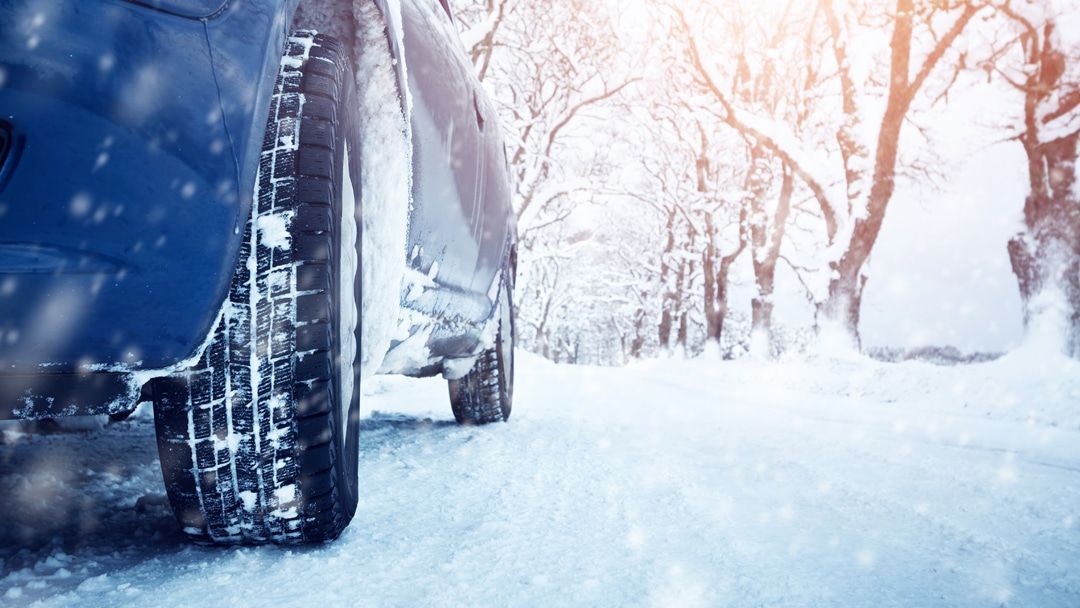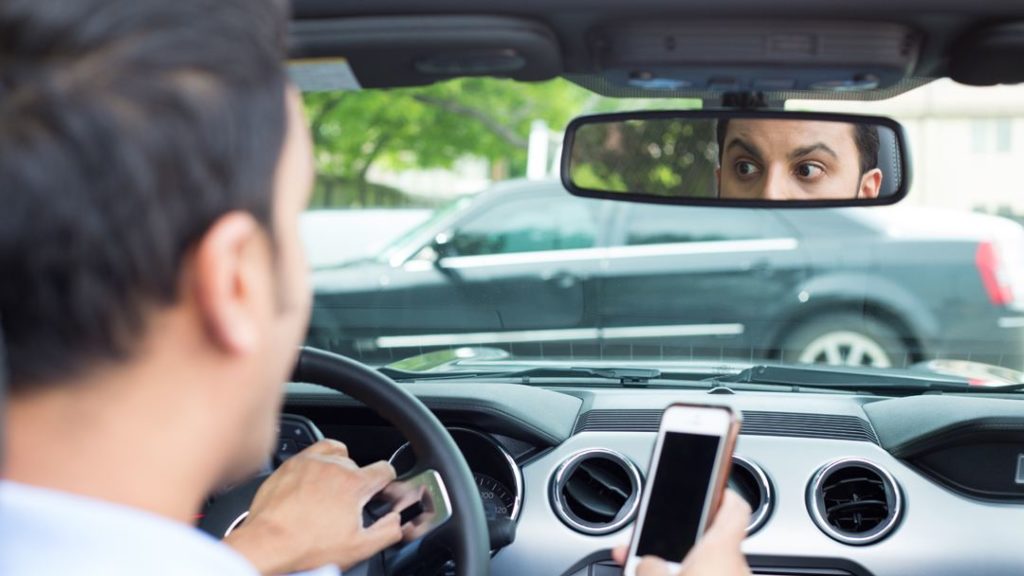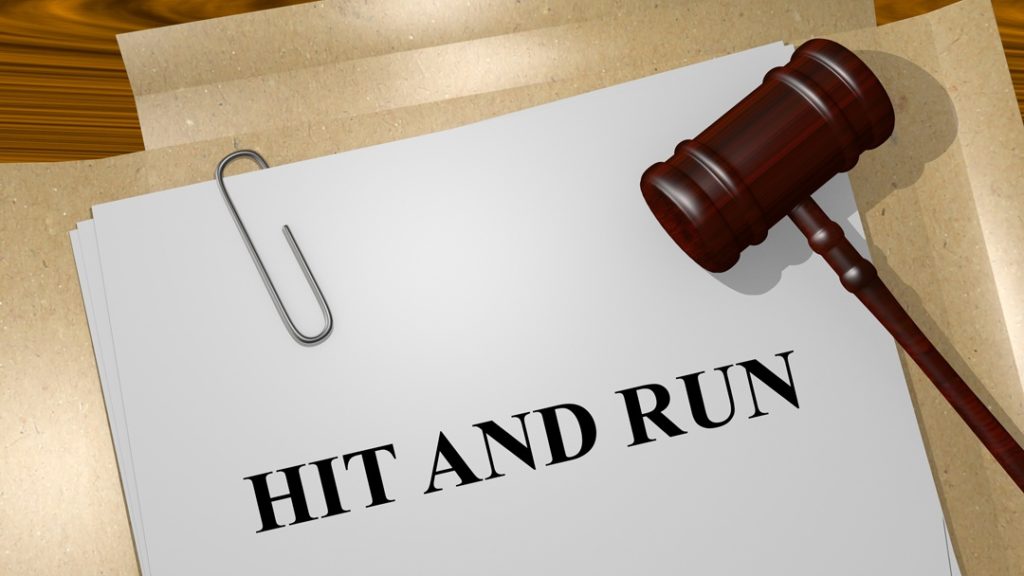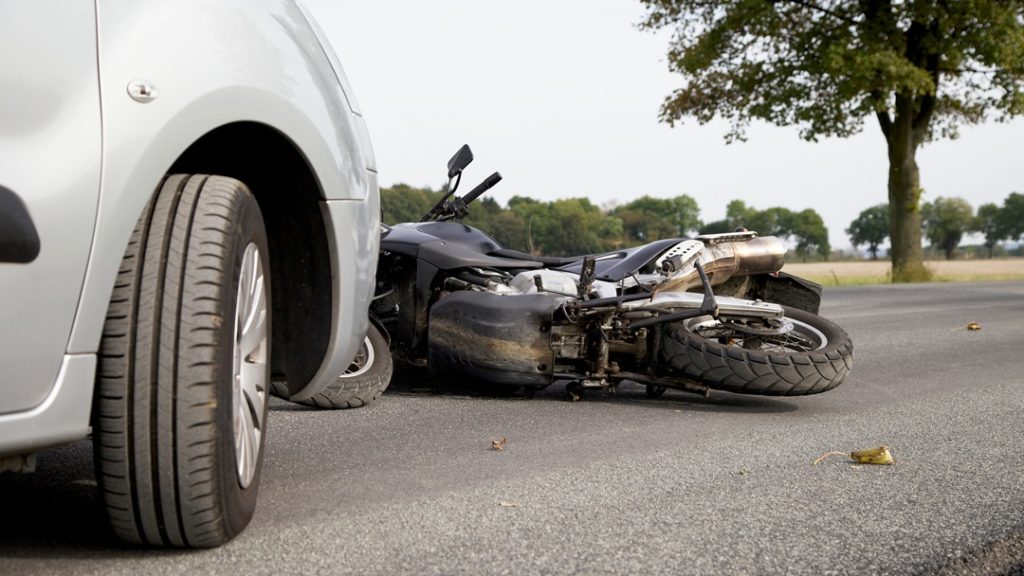
Car Accident Involving Snow Or Black Ice: Who is At Fault?
If Your Car Was Struck By Another Car Due to That Car Sliding on Snow Or Ice: Who is At Fault?
When you’re driving in winter conditions, the risks of getting into an accident skyrocket. You’re cruising along one minute thinking everything’s under control, and then bam, another car skids into your car due to ice or snow; before you know it, you’re involved in an accident.
You might be wondering who is at fault in such scenarios. Can the vehicle that slid due to winter conditions be at fault?
Determining Fault in Snow or Ice Accidents
Several factors, such as the driver’s speed, attentiveness and even driving under the influence, play a role in determining liability in a car accident involving snow or ice. Here are factors to consider:
Driving At An Excessive Speed under the Weather Conditions
Icy roads and unfavorable weather conditions can contribute to auto accidents. Therefore, when driving under these conditions a driver is required to reduce his speed to a speed that would permit him to stop without striking another vehicle. A driver must also increase the distance between his/her vehicle and any vehicle in front of him to permit that driver extra time to be able to stop if the road conditions are slippery due to ice or snow. If the driver that struck you was speeding this can clearly be considered reckless when the weather conditions can cause slipping and sliding conditions. An experienced car accident attorney would be able to help evaluate if there may be negligence on the part of the other driver if that driver did not reduce speed, permit more distance between the two cars or even speeding under these circumstances.
Driving Under the Influence
Icy roads and unfavorable weather conditions can contribute to auto accidents, but getting behind the wheel after one too many drinks can clearly contribute to the happening of an accident. The impaired driver’s reflexes are slowed. His/her inability to make a rational decision as to speed and distance are reduced. The decision to drive impaired puts everyone at risk and amplifies the dangers already posed by slick roadways. If an accident happens under these circumstances, an experienced car accident attorney may be able to show negligence on the part of the impaired driver causing the car accident.
Distracted Driving
It’s terrifying to think just how much a single text message or quick call could turn an ordinary winter drive into a life-altering tragedy due to distracted driving. When you’re not entirely focused on the road, your chances of getting caught in auto accidents significantly increase.
While an accident attorney will tell you that determining liability in these cases can be tricky, insurance companies often consider distracted driving as negligence. If an attorney can show that the other driver was found at fault because of distracted driving, we may be able to make a claim for negligence.
Utilizing Cruise Control Amidst Inclement Weather
Cruising on autopilot might seem like a smart move in bad weather, but it’s far from safe. When you’re behind the wheel amidst adverse weather conditions, maintaining control of your vehicle is key to staying safe. Utilizing cruise control amidst inclement weather can strip you of that critical control.
Cruise control is designed for ideal road conditions. It can’t adapt to dangerous road conditions such as snow and ice crashes, common during winter. These risky situations require quick and precise responses from the driver, which cruise control cannot provide.
Possible Exception: Municipality’s Liability Due to Poor Road Maintenance
Under certain circumstances, the city or county responsible for maintaining that icy patch where you had your winter accident could be liable.
The premise is simple: municipalities must provide reasonable care in maintaining their roads to prevent dangerous conditions that can cause accidents. Suppose they fail in this duty, leading to property damage or injury. In that case, they may be held accountable, and you might be entitled to compensation. In such cases, your property damage liability coverage could also kick in.
But remember, each situation is unique, and proving negligence on the part of the municipality can often be challenging. You’ll need strong evidence showing that the hazardous condition existed long enough for them to have taken action, but they failed.
What To Do if You Are Involved in an Accident
It’s crucial to stay composed and evaluate the situation. Seek immediate medical attention if necessary, and ensure that you call law enforcement to file a report of the incident.
Stay Calm and Assess the Situation
In the immediate aftermath of a car accident involving snow or ice, you need to keep your cool and take a moment to evaluate what just unfolded. Your first instinct might be panic, but remember that maintaining composure is vital in handling the situation effectively. Also, bear in mind that acting responsibly not only protects other drivers but also helps mitigate potential damages or injuries.
Get Medical Attention if Needed
Even though you might feel fine, getting checked out by a doctor after the incident is crucial. Not all injuries are immediately apparent; some may take hours or even days to show symptoms.
From concussions to whiplash, various conditions could result from your accident. Not getting timely medical attention can exacerbate these injuries further. By seeking immediate medical help, you ensure potential harm is spotted early and treated appropriately.
Call the Police and File a Report
Law enforcement can also help determine who’s at fault in the accident by assessing the scene, taking witness statements, and noting any violations of traffic laws. It’s important to remember that even if conditions are slippery due to snow or ice, drivers must adjust their driving behaviors accordingly.
When you call the police, make sure to provide them with as much information as possible about the accident, including:
- The specific location of where it happened
- The conditions on the road at the time of the crash
- A detailed account of how events unfolded from your perspective
- Any pertinent details about other involved drivers, such as license plate numbers or car models
Remember that this report will be helpful when dealing with insurance claims and potential lawsuits later. Even if liability seems clear-cut in a weather-related accident, having an objective third-party document everything can only bolster your case.
Contact Your Insurance Company
After you’ve touched base with the police, it’s time to contact your insurance provider. Don’t delay this step; the sooner you inform them about the accident, the quicker they can start working on your claim.
When discussing your incident with your insurer, remember honesty is crucial. If you were driving in severe weather conditions, such as a snowstorm or on icy roads, at the time of the crash, ensure you make this clear. This information helps shape their understanding of what happened and could influence their decision regarding fault assignment.
While dealing with car accidents can be stressful and confusing, particularly those involving tricky elements like ice or snow- keeping open lines of communication between you and your insurance company can ease some of this strain.
Work With an Accident Lawyer
Should the situation seem complex or if you need more clarification about how to navigate the aftermath, it’s worthwhile bringing a seasoned accident lawyer on board. They’ve got the experience and know-how necessary to handle these icy situations.
Whether dealing with insurance companies, reviewing traffic laws, or analyzing evidence from the scene, they can provide valuable guidance throughout this trying process.
Why It’s Beneficial To Work With an Accident Lawyer
You’ll find a sense of relief washing over you, knowing that an experienced accident lawyer is fighting for your interests and working tirelessly to ensure you get the compensation you deserve.
This professional will navigate the complexities of legal procedures. They will meticulously review all evidence, consult with experts if necessary, and build a solid case to hold the responsible party accountable.
Working with an accident lawyer provides several benefits:
- Peace of Mind: You can focus on recovery, knowing someone knowledgeable and competent is handling your case. While the aftermath can be overwhelming, having an expert in charge helps alleviate stress and anxiety.
- Maximized Compensation: Accident lawyers are skilled negotiators who know how to deal with insurance companies. They will fight to ensure you receive every penny you’re entitled to.
- Justice Served: Having someone represent you means that justice will be served. If another driver’s negligence caused the accident, your lawyer will rest when they’ve been held accountable.
These benefits should not only put your mind at ease but also evoke confidence in taking this step towards resolution after a traumatic event like a car accident involving snow or black ice.
Tips for Driving in Snow or Ice
Here are three key things you should keep in mind when driving in snow or black ice:
- Slow down: Speeding is never a good idea, especially when roads are slippery. Reduce your speed significantly and allow more time for your journey.
- Turn gently: Avoid making sharp turns, which could cause your car to slide or skid out of control. Make slow, gentle turns, ensuring maximum control over the vehicle.
- Brake gradually: Instead of braking suddenly, which could cause you to skid, start slowing down well before you need to stop and apply brakes slowly.
By following these, you’re less likely to get into a car accident due to snow or black ice and more likely to keep yourself and others safe on the road this winter.
Wrapping Up: Identifying Liability in Car Accidents Involving Snow or Ice
Pinpointing liability in car accidents caused by snow or ice can be challenging since several factors need to be taken into account.
Despite the challenges and uncertainties, remember that you’re not alone in this, and it’s okay to seek help when dealing with the aftermath of a car accident involving snow or ice. Trying to figure out who’s at fault can be overwhelming while also dealing with possible injuries, vehicle damage, and emotional trauma.
Contact professionals such as lawyers or insurance companies specializing in these accidents. They’ll guide you through the process, ensuring every necessary step is taken towards your recovery and compensation.
Furthermore, take into account the importance of preventative measures. Always prepare for potentially hazardous driving conditions by keeping your vehicle well-maintained and equipped for all weather situations. Be alert on the roads during winter; slow down when visibility is poor or if road surfaces are slippery from ice or snowfall.
While accidents happen despite our best efforts, understanding how to respond optimally can make an enormous difference in their impact on your life.
Frequently Asked Questions (FAQ):
What is ice on the road?
Ice and Black ice on the road is a thin, transparent layer of ice that’s incredibly hard to spot, making it particularly dangerous for drivers.
How common is black ice?
When adverse weather conditions roll in, creating a perfect environment for ice patches to form on the roadways, your chances of encountering this dangerous patch of ice will increase significantly. Despite its seeming invisibility, black ice is prevalent in many winter accidents.
What is the most common type of car accident?
Rear-end collisions take the top spot as the most common type of car accident. These accidents can become even more frequent during winter due to dangerous road conditions like snow and ice.
Who may be liable for damages?
Navigating the slippery slope of liability in car accidents isn’t always straightforward, as multiple parties could be held accountable for damages. Engaging an experienced car crash lawyer from a reputable personal injury law firm is crucial in such situations.
At what temperature is there a risk of ice?
The threat of treacherous road conditions looms when temperatures plummet to 32 degrees Fahrenheit or lower. This is when you risk encountering ice on paved surfaces, which can lead to auto accidents if care isn’t taken.
Kerner Law Group, P.C.: Ready to Assist You
At Kerner Law Group, P.C., we’re committed to offering our legal expertise to help you.
We understand that conditions like snow and ice can make a road surface virtually frictionless, leading to ice car accidents even when you’re exercising the utmost control. Our law firm has dealt with these cases before, and we’re well-equipped to handle them.
You don’t have to face this ordeal alone; reach out to Kerner Law Group, P.C. today so together we can fight for your rights and help resolve your case. For more information, call 718-796-7900 today.


